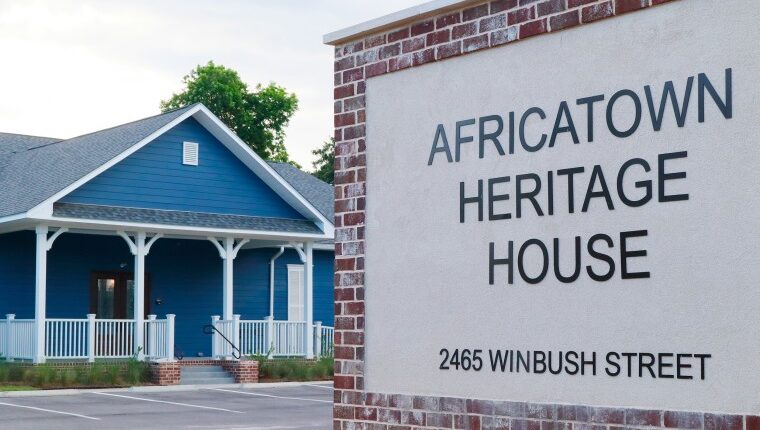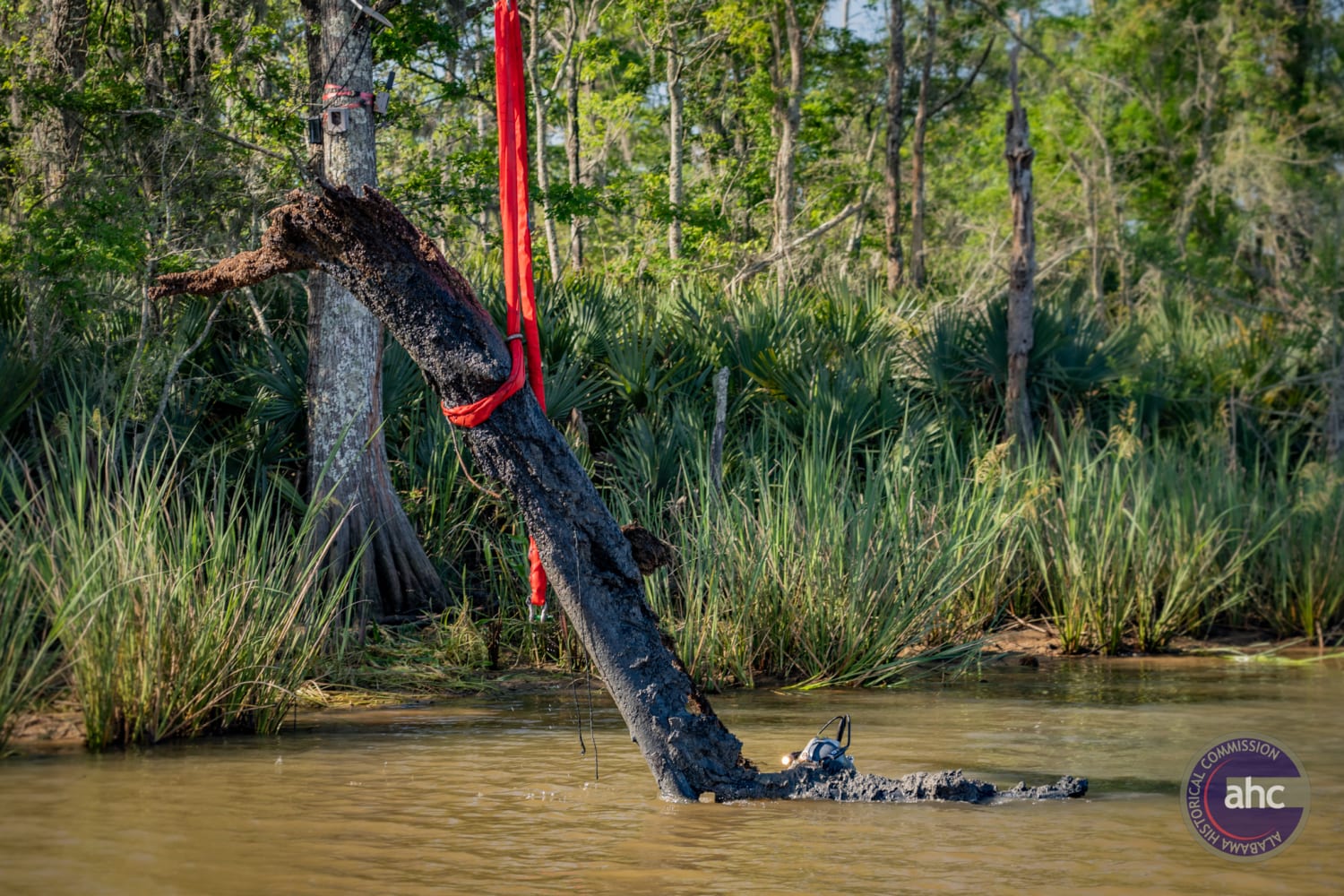On July 8, 1860, a schooner carrying 110 men, women and children stolen from Africa sailed into waters near Mobile Bay under the cover of night.
The Clotilda, the last documented slave ship to enter America, made its surreptitious voyage some five decades after the international slave trade was outlawed, amid one of the most pivotal periods in U.S. history. The following year, 1861, the Civil War would erupt over slavery.
Now, 163 years later, “Clotilda: The Exhibition” at the new Africatown Heritage House tells the stories of the people aboard that ship, conjuring their collective resilience and the ways they survived and thrived amid unfathomable challenges.
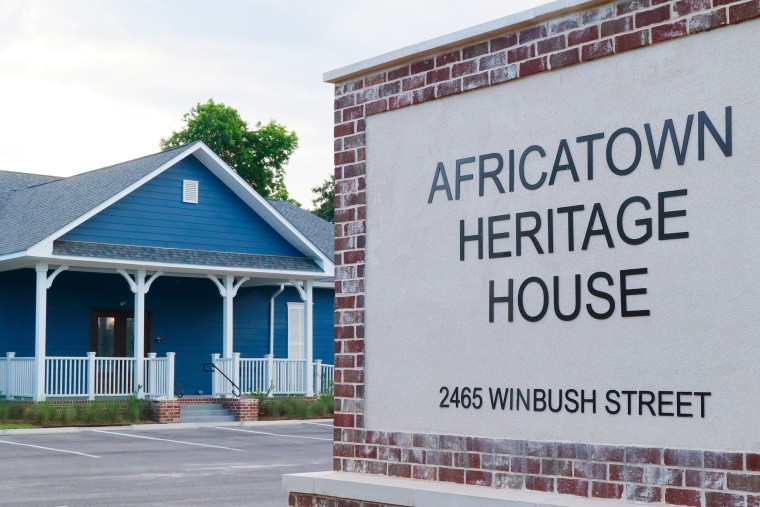
The July 8 opening coincides with the anniversary of the ship’s arrival after a tortured four-month passage.
Through interpretive text panels, documents and artifacts, this landmark exhibition focuses on the survivors: from their individual West African beginnings to their enslavement, and eventual freedom and settlement of a 19th century community dubbed Africatown in Mobile.
The shipwrecked Clotilda has remained at the bottom of Mobile Bay for more than a century. Select artifacts will be displayed in special viewing tanks.
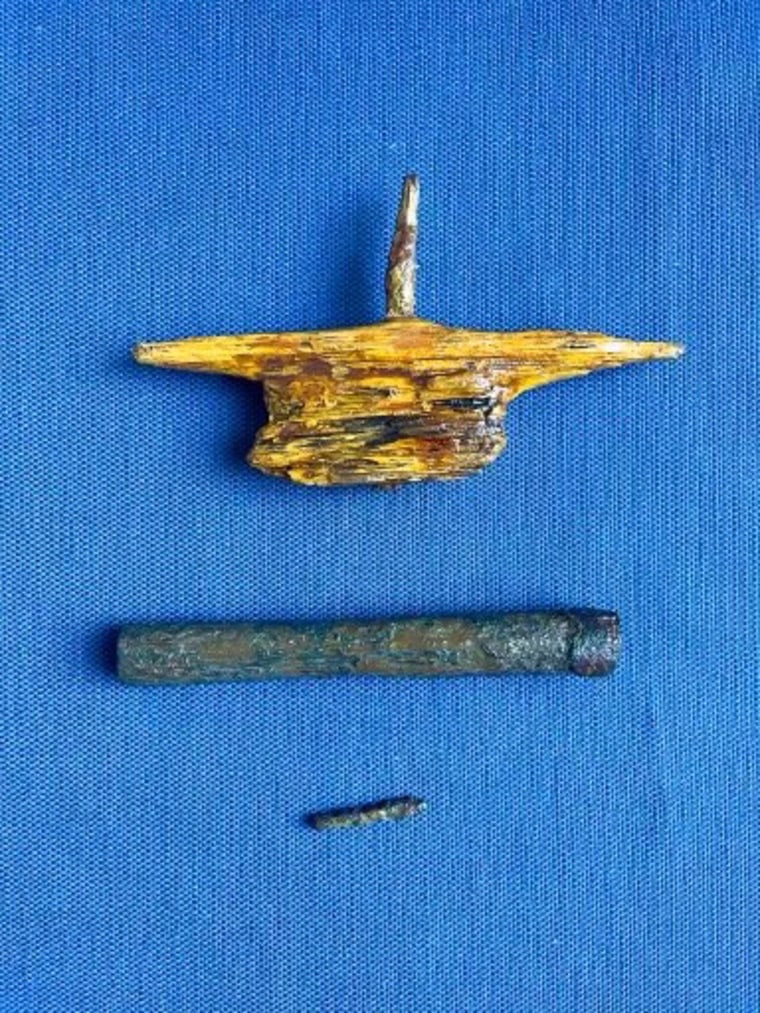
From oral history to science, unearthing the Clotilda has involved myriad individuals, teams and some might say, miracles. A journalist discovered the vessel in 2018 and enlisted the University of Southern Mississippi to help survey the river. Coordinates and data were shared with the Alabama Historical Commission, which brought in divers and archaeological excavationists. It was all kept under wraps until the stunning news was formally announced in 2019.
James P. Delgado, Ph.D, a maritime archaeologist and senior vice president of Search Inc., helped lead the team of experts who conclusively verified the ship’s identity.
“We should remember this history happened not so long ago,” said Delgado, who co-authored “Clotilda: The Archaeology and History of the Last Slave Ship.” “It is a story about people … and the ongoing legacies of that voyage.”
Since 2019, bringing that legacy to life has been the mission of Meg McCrummen Fowler, Ph.D., director of the History Museum of Mobile, which partnered with the Alabama Historical Commission, Mobile County Commission, and the City of Mobile to facilitate the exhibition. The local community, descendants and experts nationwide were also involved in the process.
“As curator, I have spent years reading and writing stories of the survivors,” said McCrummen Fowler. “You can’t do that and not be changed.”
Ahead of the opening, she hopes visitors will not just “learn historical facts, but rather have an experience with history that brings the humanity of the story into sharp relief.”

The Clotilda’s saga is awash with humanity, underscored by the inhumanity of the institution of slavery.
This episode began with an Alabama businessman wagering a bet that he could get away with smuggling human chattel. Seeking to cover his crime once the Clotilda dropped anchor, he ordered the vessel to be torched and deliberately sunk. The captives were transferred to a steamboat, then forced to hide in the wild thickets of the Delta, before they were separated for eventual sale throughout the state and enslaved.
After Lincoln issued the Emancipation Proclamation in 1863, and slavery was fully abolished two years later, the survivors envisioned a return to Africa but lacked the financial means.
However, a group of them pooled their limited resources to purchase land, transforming the northern end of Mobile into an independent community. Together they self-governed Africatown and built houses, schools, churches and businesses. They maintained their heritage by continuing to speak their native languages, and passed the traditions down to their children.
Over the years, Africatown’s descendants have proudly embraced their rich ancestral legacy.
Among them is Jeremy Ellis, a descendant of Clotilda survivors Pollee and Rose Allen, and the president of the Clotilda Descendants Association. Its mission is to honor the ancestors of the Clotilda; preserve the culture, landmarks and legacies; and educate future generations of kin and the community.
The exhibition “has been long in the making,” said Ellis, who further credited the original descendant organization, Africatown Direct Descendants of the Clotilda, with advocating since the early 1980s for such a museum. “They paved the way for this moment,” he said.
Altevese Lumbers-Rosario is the great-great-great-granddaughter of survivor Kossula Oluale (Cudjo Lewis), and vice president of CDA.
Lumbers-Rosario, who lived in Africatown as a child, believes “there isn’t another story like this in the history of America.”

“They used one of the largest and most significant atrocities in human history as the impetus to build an extraordinarily unique community that thrived for decades and provided every possible connection to their homeland on foreign soil,” Lumbers-Rosario said.
The Heritage House building, located in the heart of Africatown, is approximately 5,000 square feet and painted a shade of blue meant to honor survivors of the Clotilda.
The exhibit will feature a memorial wall with names of the 110 survivors. In the garden, there is also a memorial sculpture titled “The Memory Keeper,” which is a collaboration between ceramics artist Charles Smith and metal sculptor Frank Ledbetter.
The Clotilda is listed on the National Register of Historic Places, and there is said to be discussion about future narrated boat tours out to the site of the shipwreck, which some consider a sacred space.
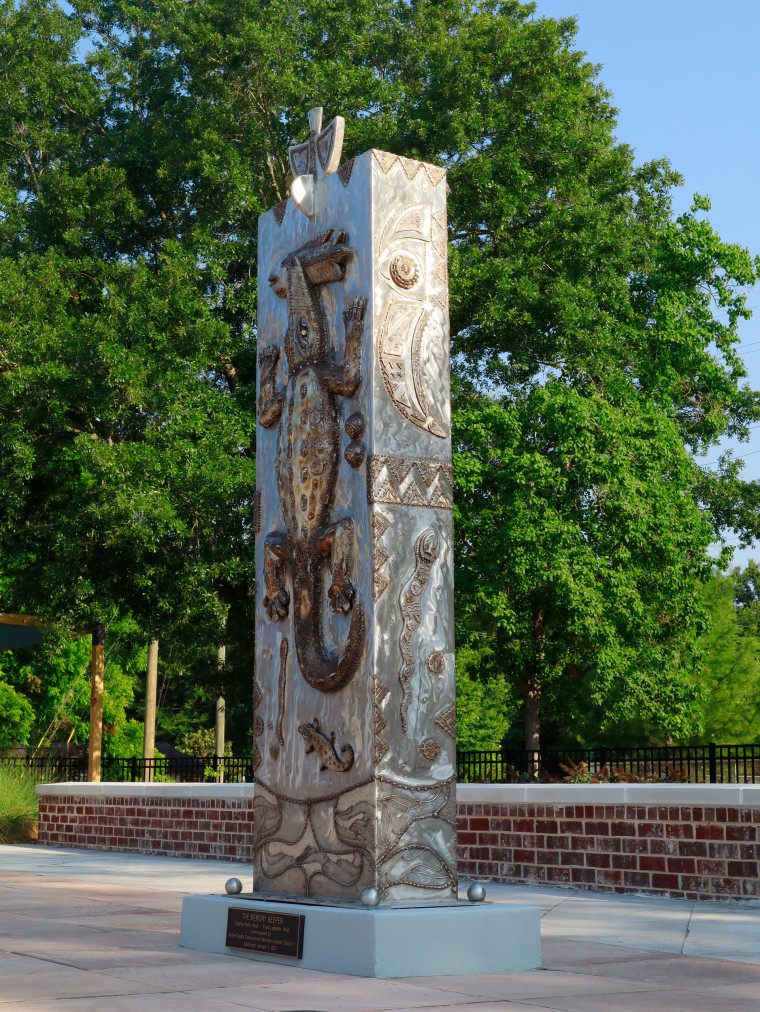
Darron E. Patterson, past president of Clotilda Descendants Association hails from Africatown and is the great-great-grandson of Clotilda survivor Pollee (“Kupollee”) Allen.
He said he hopes this chapter in American history will be used to galvanize and unify the country instead of dividing it.
As for Africatown’s future, he dreams of its return to “the vibrant community I grew up in, only better this time. We had shops, stores, movie theaters, drive-ins, our own post office, schools, churches … family systems that raised and educated the children, and then sent them out into the world to make it a better place.
“My sincere hope is that this is a key step in a better future for the Africatown community.”
Source: | This article originally belongs to Nbcnews.com
